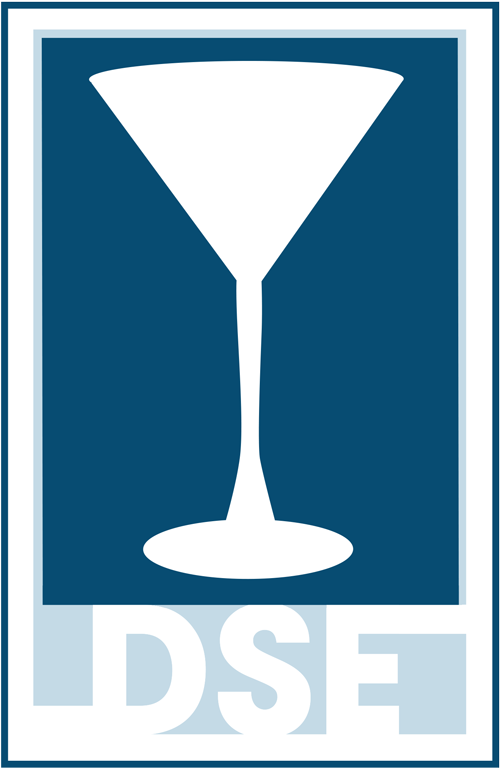Alcohol and cancer: What does a ‘500% increase’ in risk really mean?
Source: https://www.healthnewsreview.org
Kevin Lomangino
November 8, 2017
Last night, NBC Nightly News ran a story about the cancer risks related to alcohol consumption.
But instead of communicating those risks in a way that would educate and inform, NBC’s coverage was an example of misinformation and fear-mongering.
Consider this graphic touting what the reporter describes as a “staggering increased risk of 500%” for head and neck cancers from heavy drinking.
What’s truly staggering here is NBC’s failure to provide any context around these statistics. 500% is a big, scary number. But what does it really mean and how worried should viewers be? Without knowing how common these cancers are to begin with, it’s impossible to say. A 500% increase to a tiny number might still leave us with a very small risk.
That’s why we always urge journalists to report risks in absolute terms. We’ve even published an informative primer on the topic to help.
The same problem is evident with all of the other figures presented in the story. What does a 17% increase in colon cancer risk look like for women who drink a glass of wine a day?
And breast cancer? The story claims a 4% increase for women who are “light” drinkers. But “light” drinking is never even defined. Presumably this means less than one serving of alcohol per day (a level which the NBC report defines as “moderate” drinking).
So is that 4% increase enough to justify abstaining from even the odd glass of Cabernet? There’s nothing here that will help women make sense of the risks or balance them against the pleasure they might derive from an occasional cocktail.
Wisdom from crowds, but not MD-journalists
The NBC piece was produced by physician medical correspondent John Torres, MD – the latest in a long line of such MD-journalists at the network. But those MD credentials don’t seem to add much when it comes to reporting the news in a credible, nuanced fashion. We’ve cataloged many examples of problematic MD-journalist stories over the years at NBC and other networks.
The upshot: viewers who think an MD byline ensures the ultimate in accurate and balanced TV reporting should think again.
NBC certainly isn’t alone in its statistical inadequacy, by the way. Over at the New York Times, their coverage states that daily alcohol consumption “increases premenopausal breast cancer risk by 5 percent and postmenopausal risk by 9 percent.”
Unlike at NBC, the Times offers a mechanism for readers to push back against imbalanced stories – and a number of smart readers pointed out the problem with the Times’ risk descriptions:
“Please present the absolute figures to show the difference in risk of cancer. With these absolute figures we can also figure out the number of drinkers who should stop drinking to avoid one new case of cancer.”
“again please what is the increased risk/100,000 people or some other way to describe risk besides : “5% increased risk”. This does not give a very useful relatable measure.”
“And where is the discussion about the protective effects of alcohol against heart disease? Heart disease is far more common than many of the cancers mentioned here. When they write that risk is doubled it doesn’t necessarily mean much – if your risk is only half of 1%, doubling it doesn’t amount to very much. Doctors often only think about their area of specialty, and ignore related risks and protective factors for other illnesses.”
“I wish there was a way of expressing risk more clearly, that would help me decide which pleasures are really worth giving up.”
The relationship between alcohol and cancer is a complicated one, and we’ve encouraged reporters to capture that nuance by exploring the limits of observational studies and crafting appropriately cautious messages about such research.
We have a toolkit of resources that can help and we urge journalists to take advantage of it.
